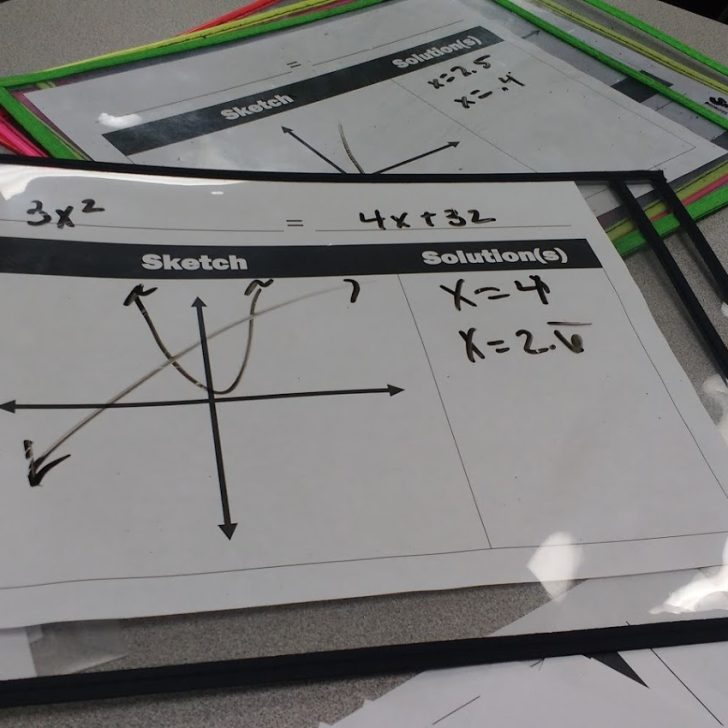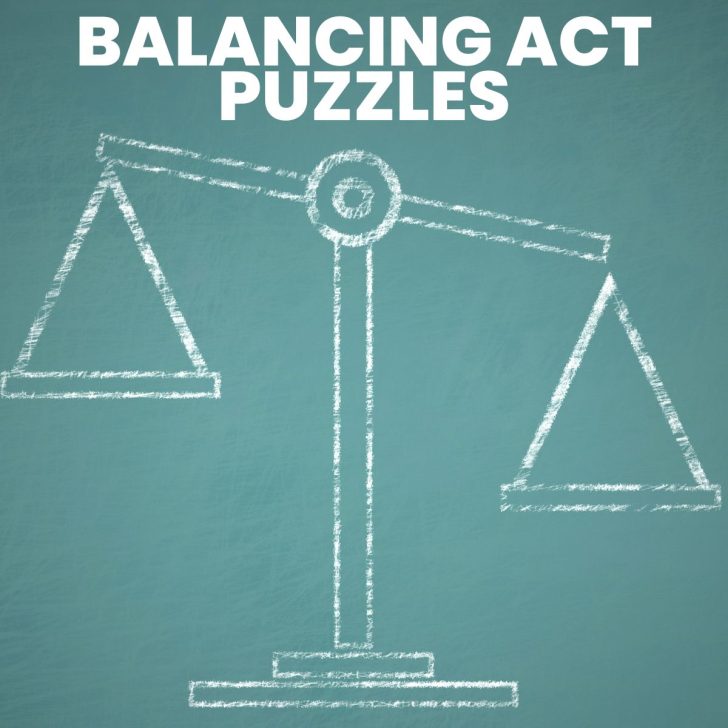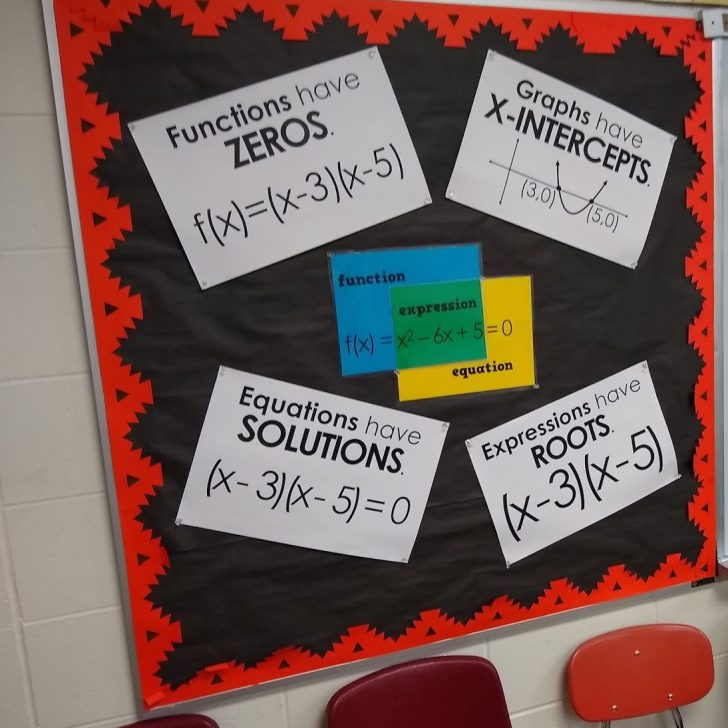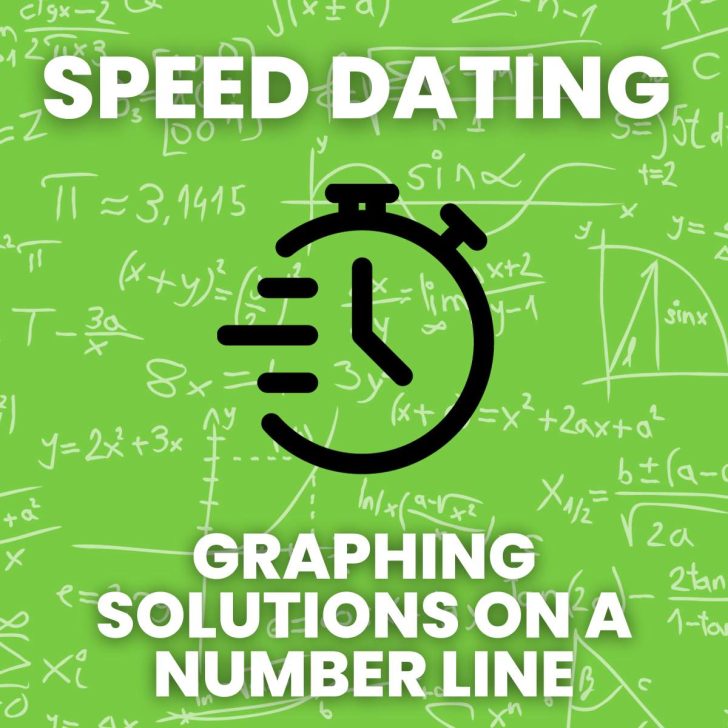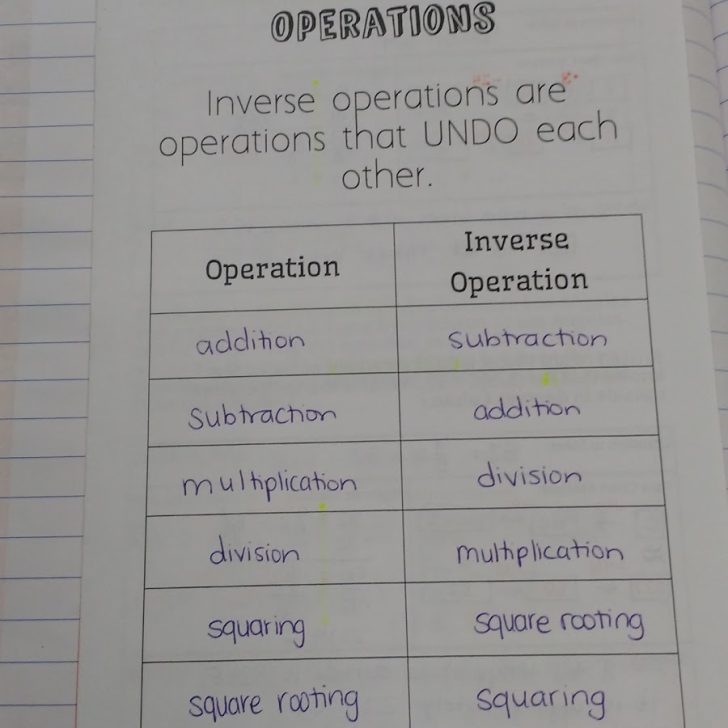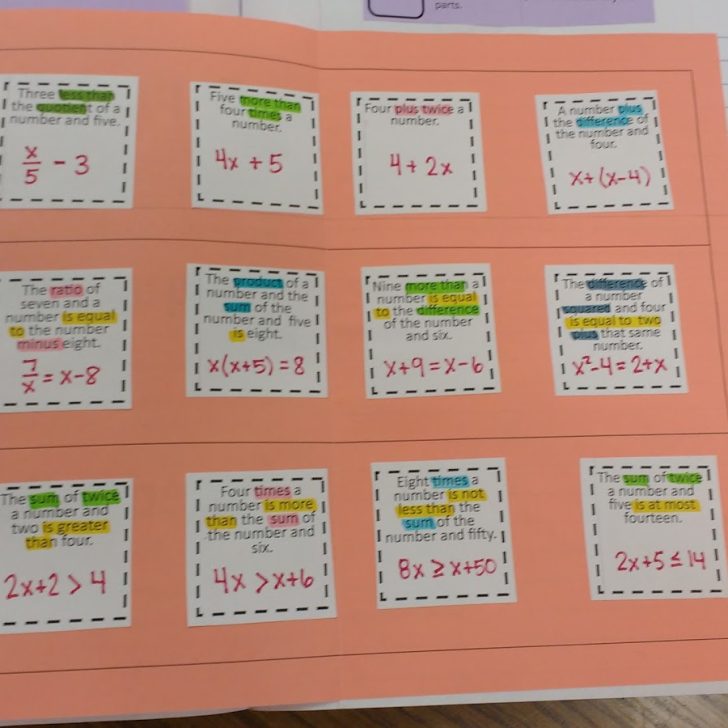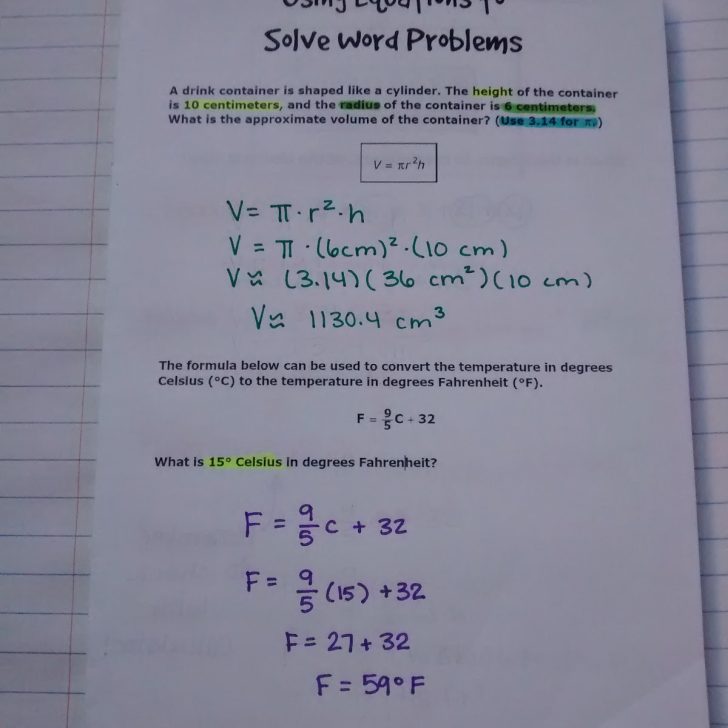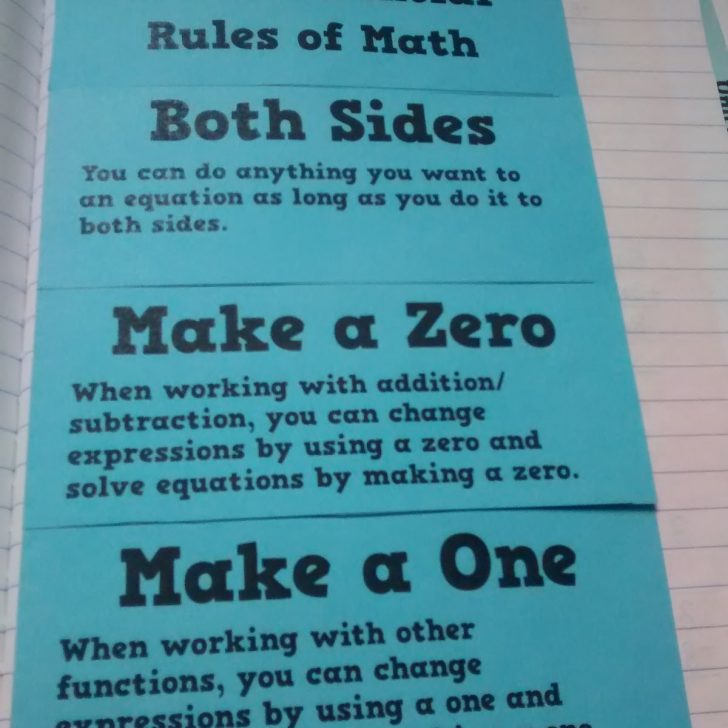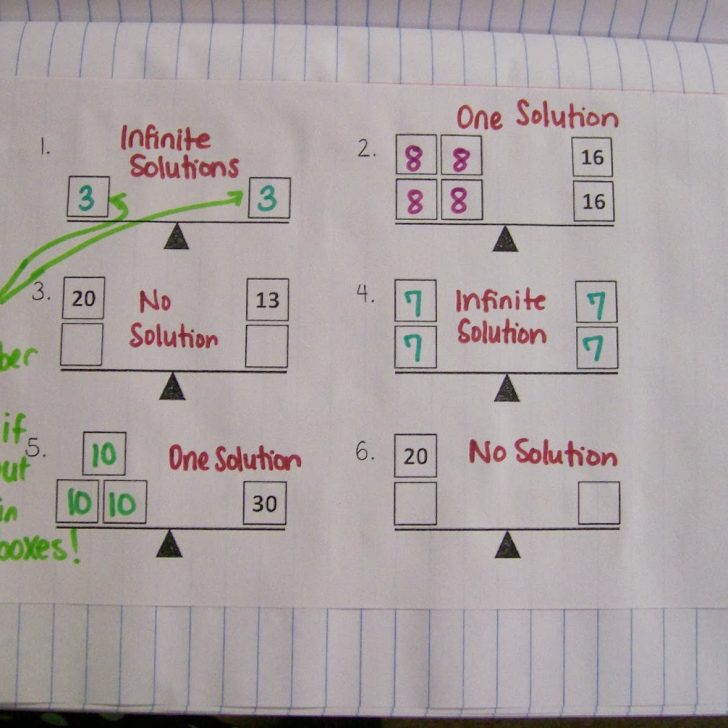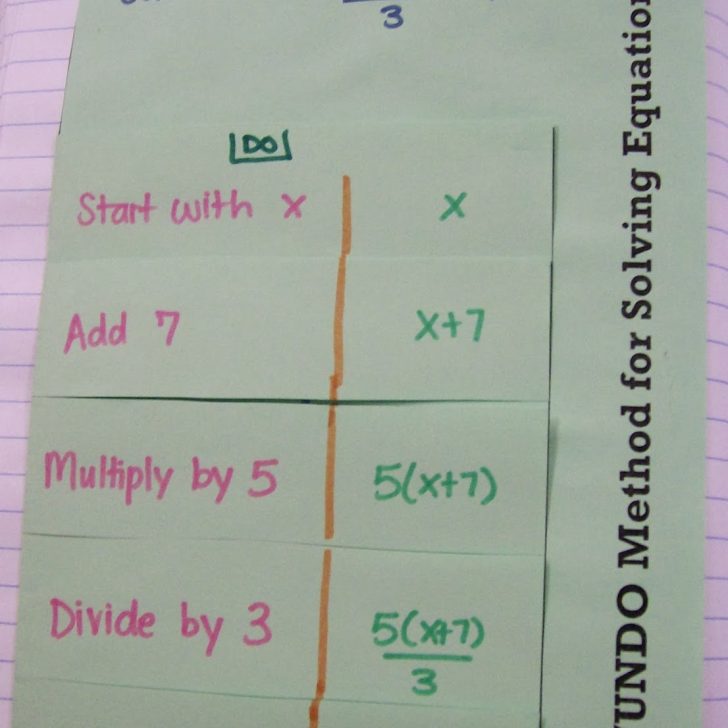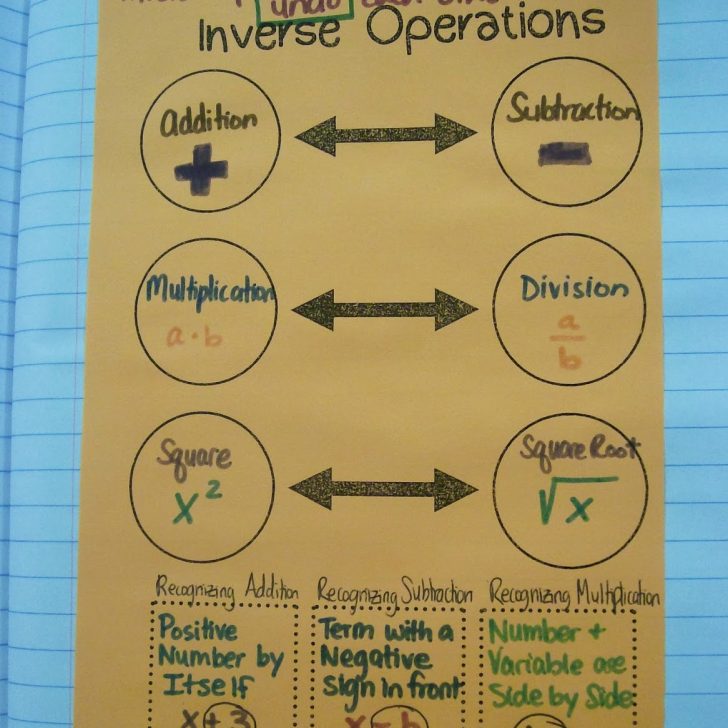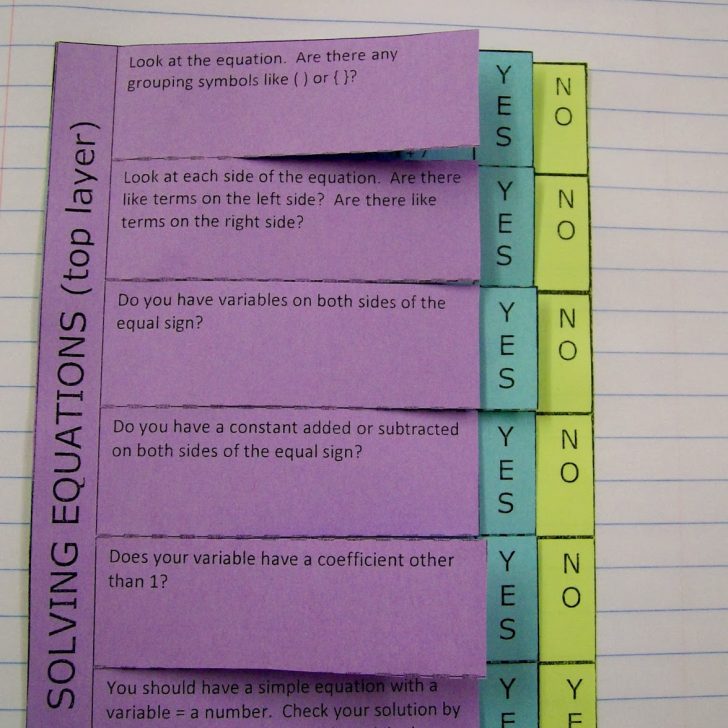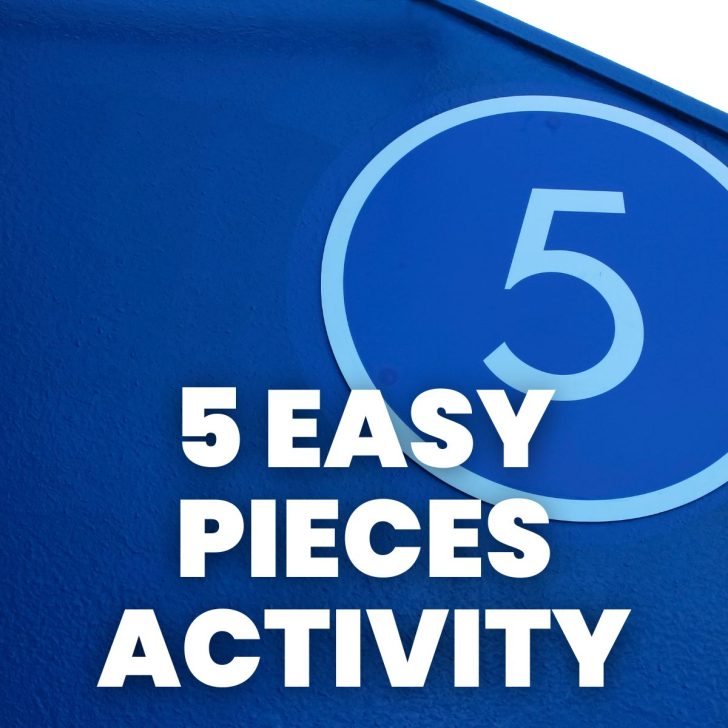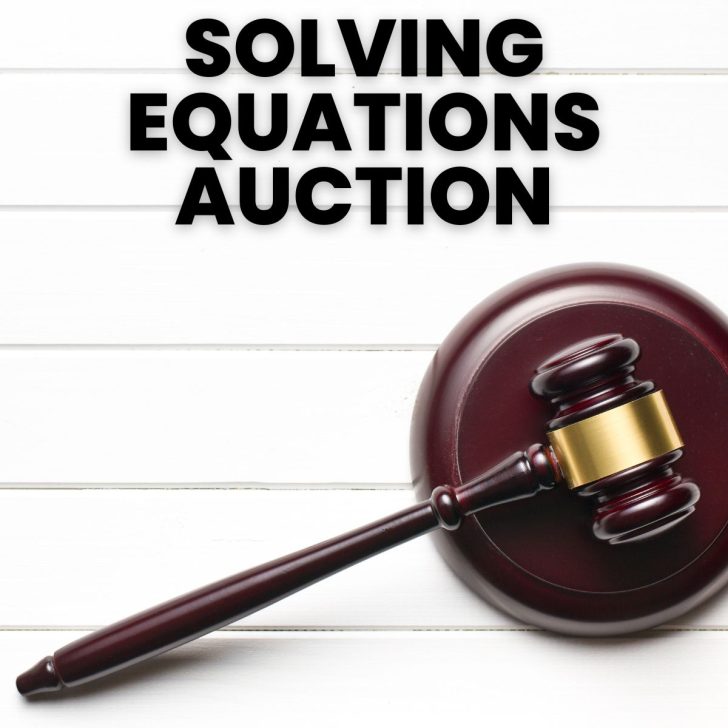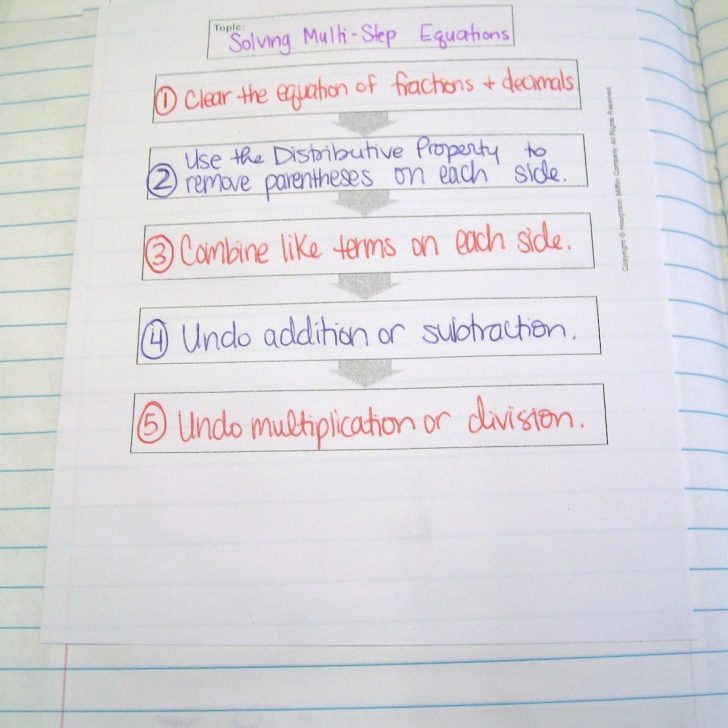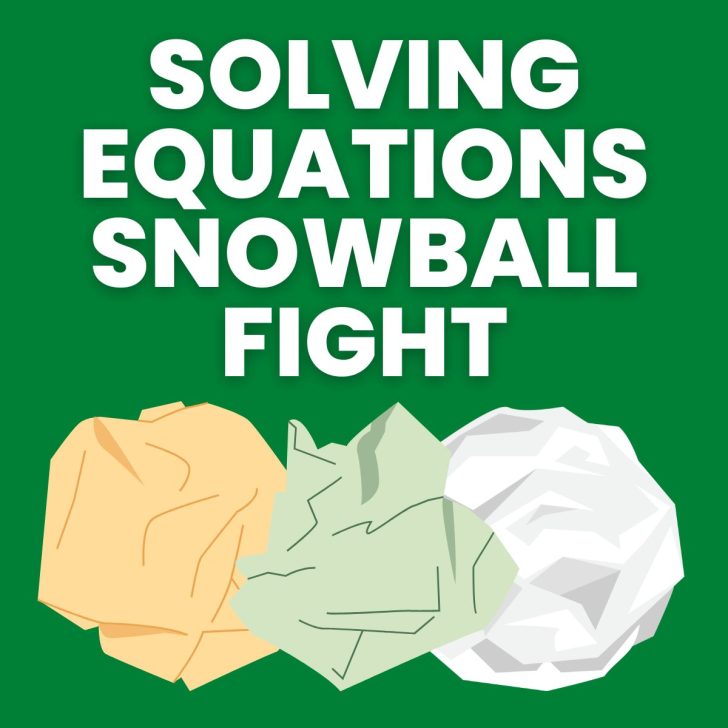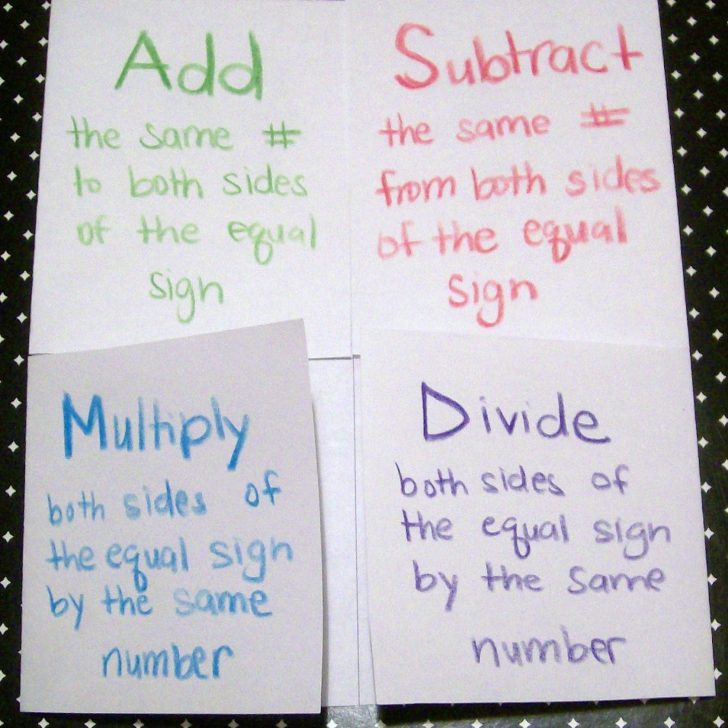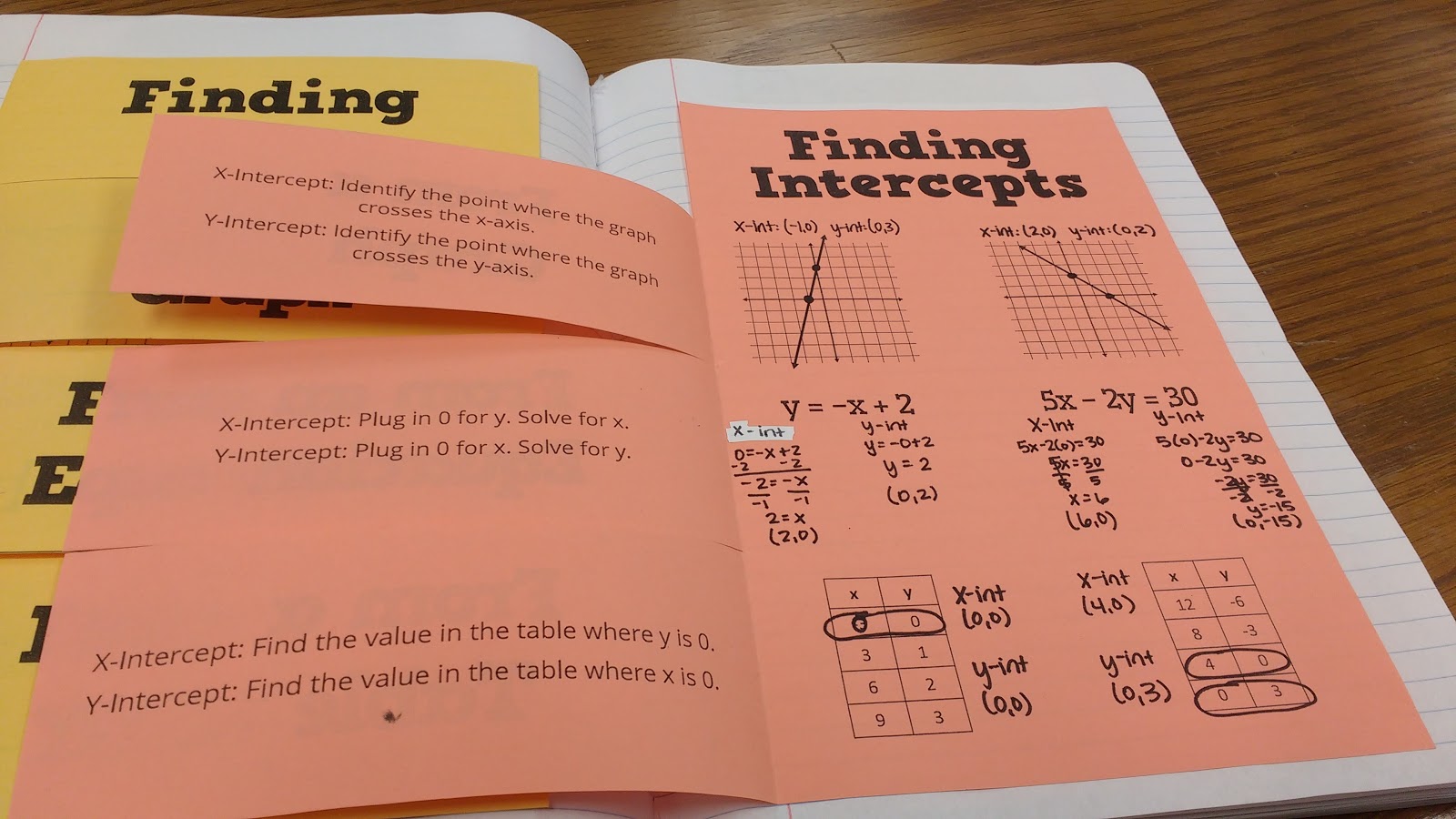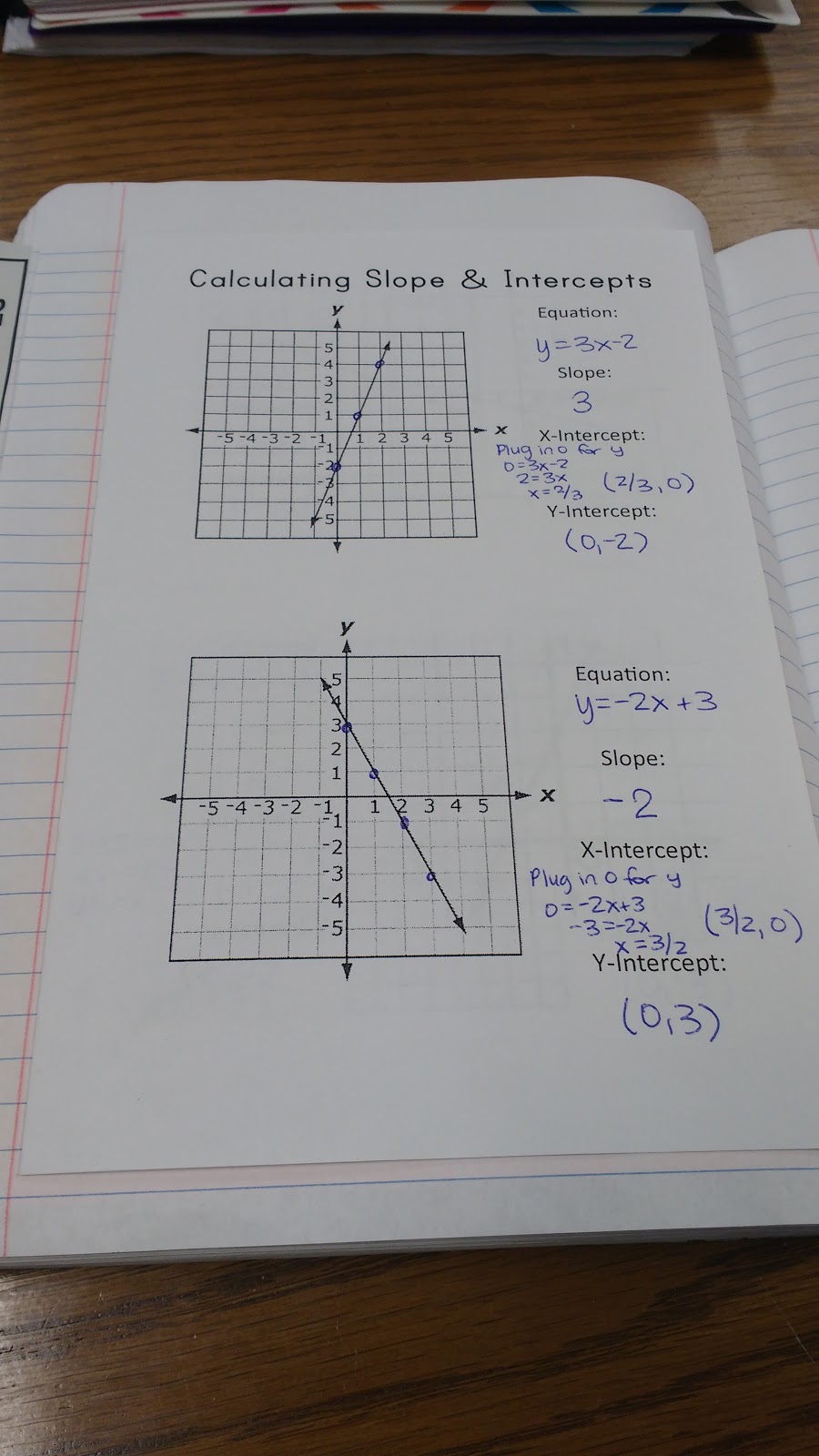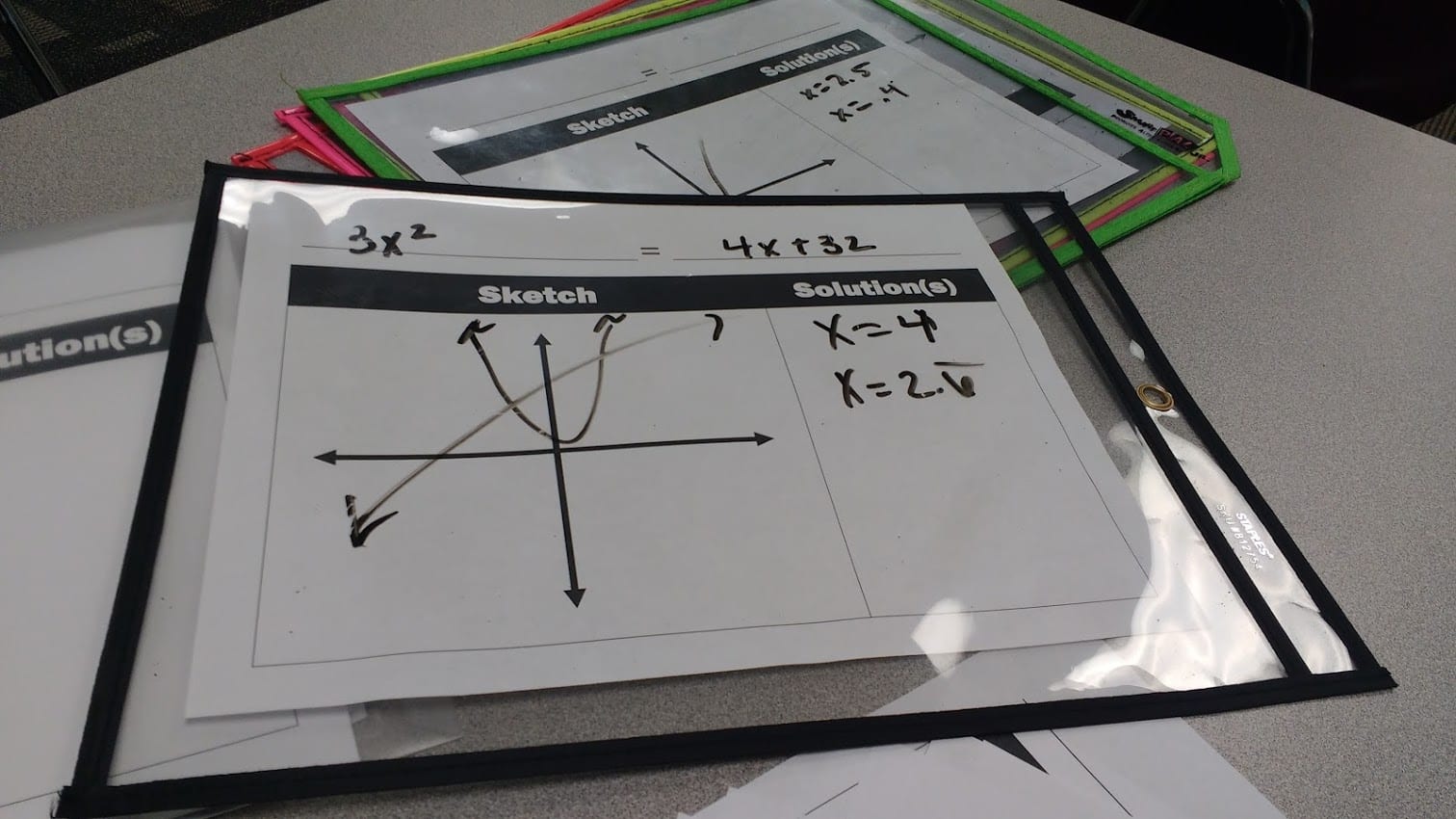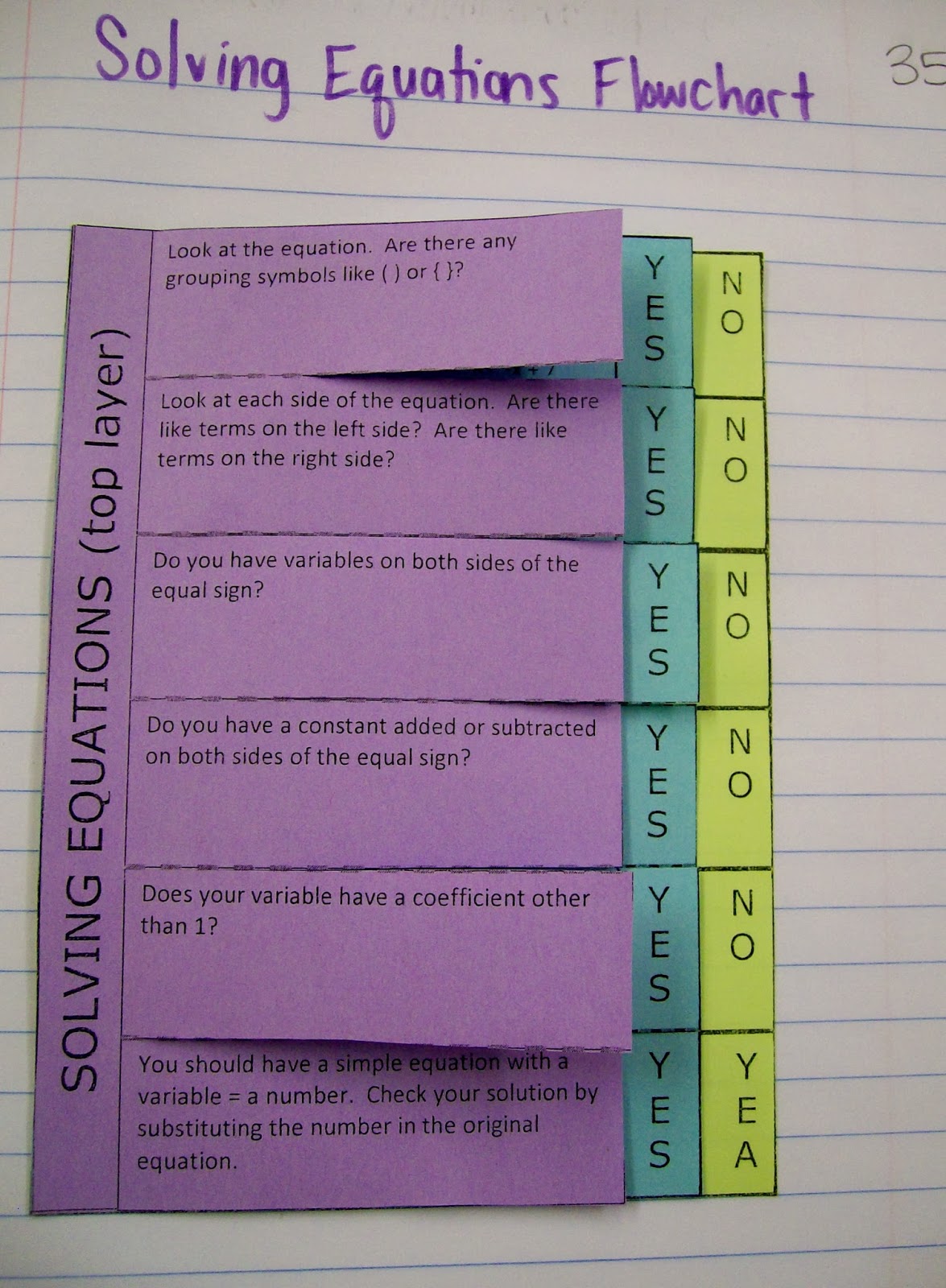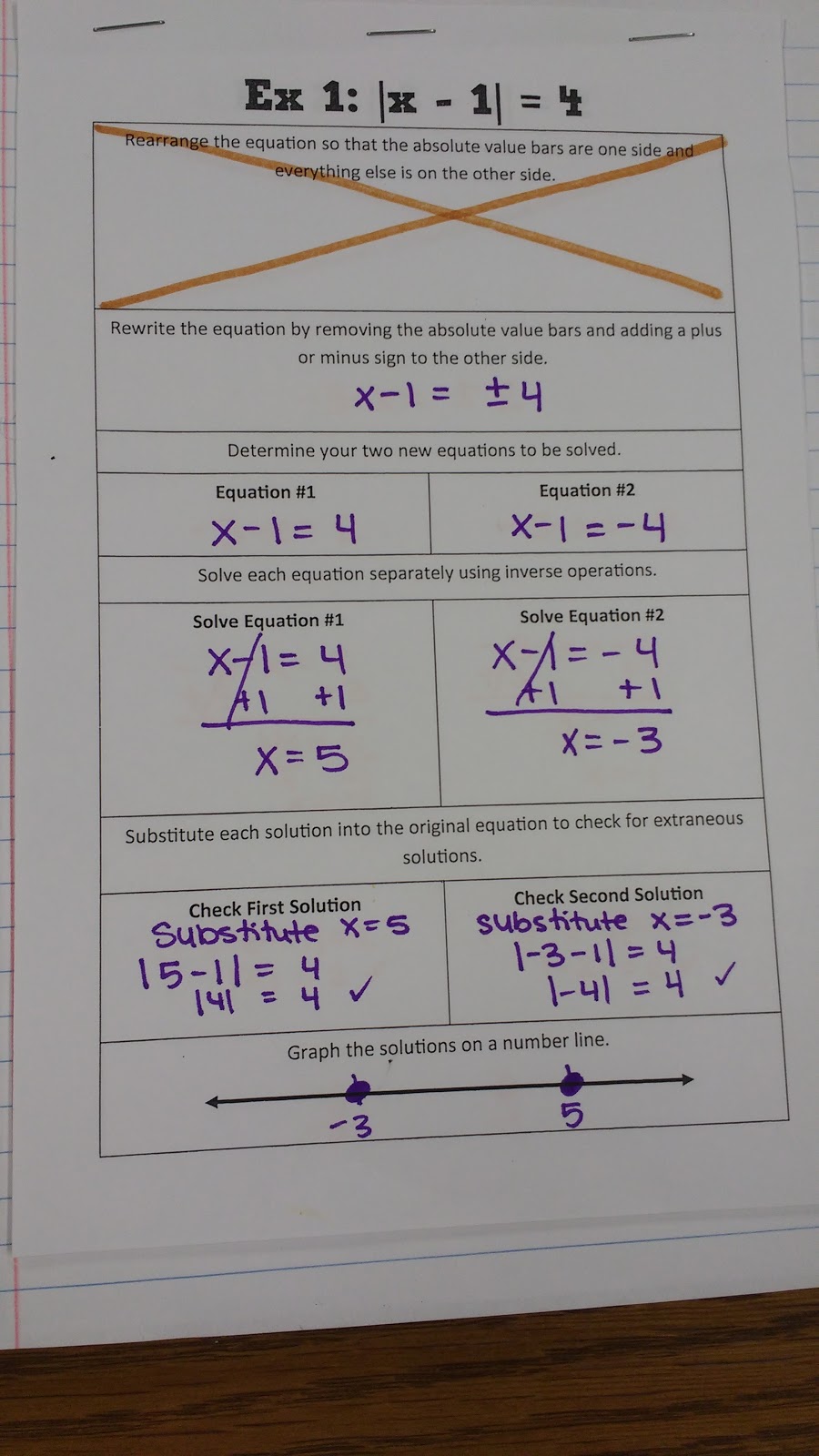Using Scales to Model Solving Equations with Variables on Both Sides
I used Sarah Rubin’s idea of using scales to model solving equations with variables on both sides. It turned out to be a brilliant introduction to the concepts of one solution, no solution, and infinite solutions.
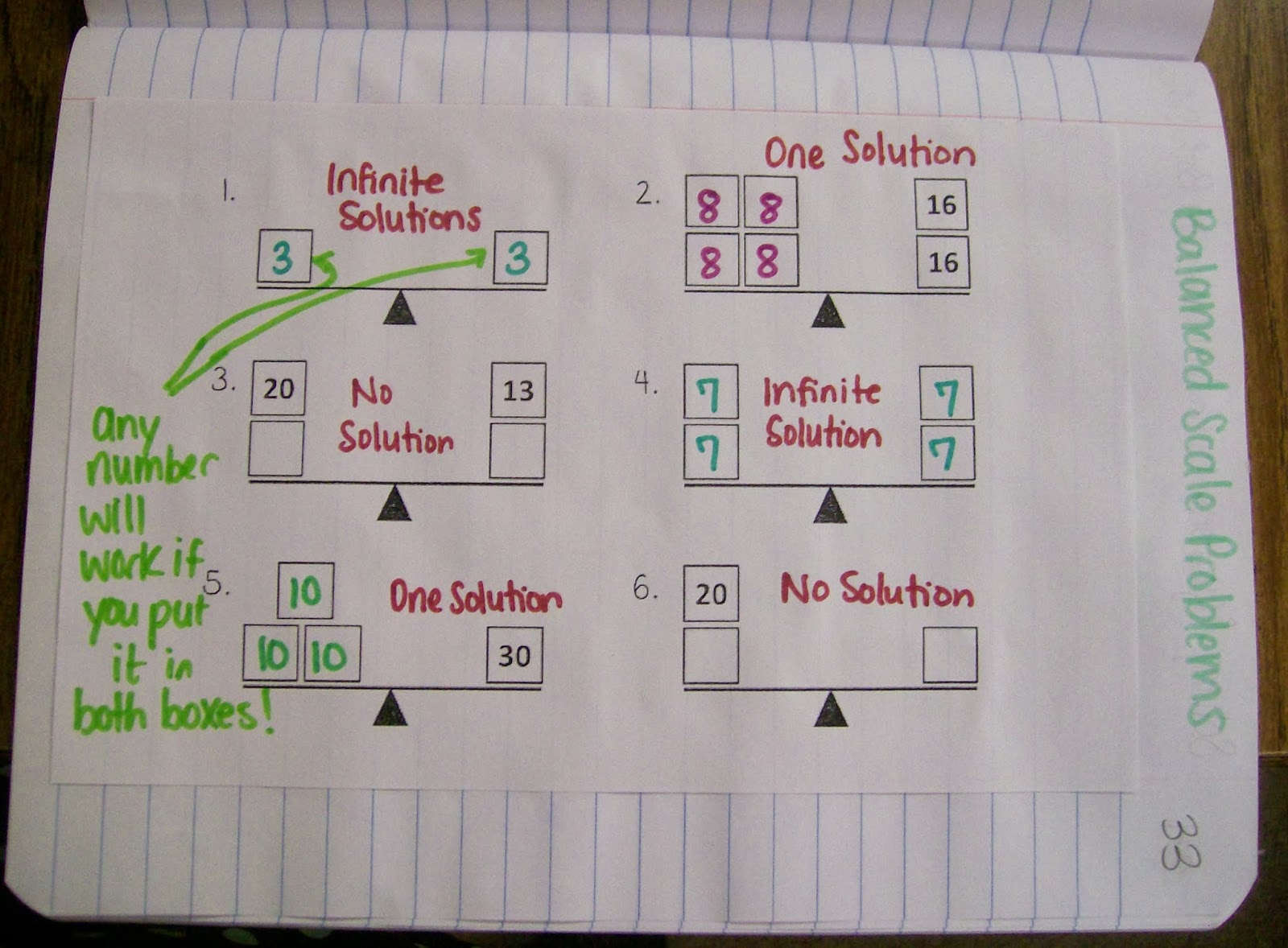
I did exactly as she said to. I passed out these 6 balanced scale problems to my students. It was shortly after Halloween, so I still had leftover trick or treat candy. I promised candy to the first student who could figure out all six problems. Instant engagement. That instant engagement was, of course, followed by instant frustration.
There are only two rules:
1. Both sides of the scale must balance.
2. Whatever number is placed in one box on the scale must be placed in every box on that scale.
Students have a hard time following rule #2. Of course, the reason they want to break rule #2 is that the some of the problems they are trying to solve are actually impossible.
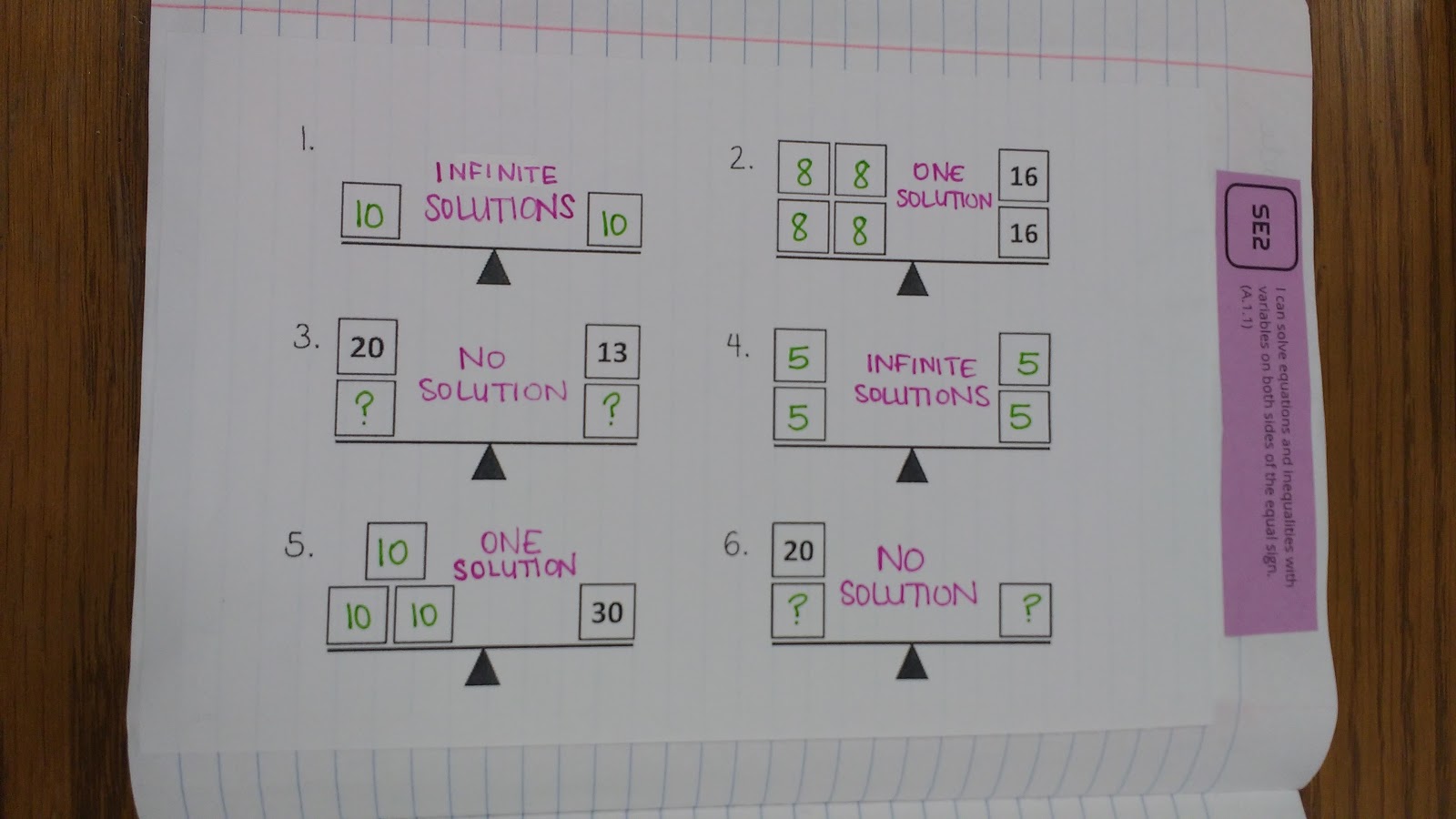
Finally, I agreed to go over the answers with my students. We discussed 1, 2, and then 4. Oh, my students were SO mad at me. I was loving every moment of this lesson! When I told them that I had lied to them at the beginning and told them all of the scales were balanced, they were not happy. In fact, they decided that I should have to give them all candy since I lied to them. That was my plan all along, of course.
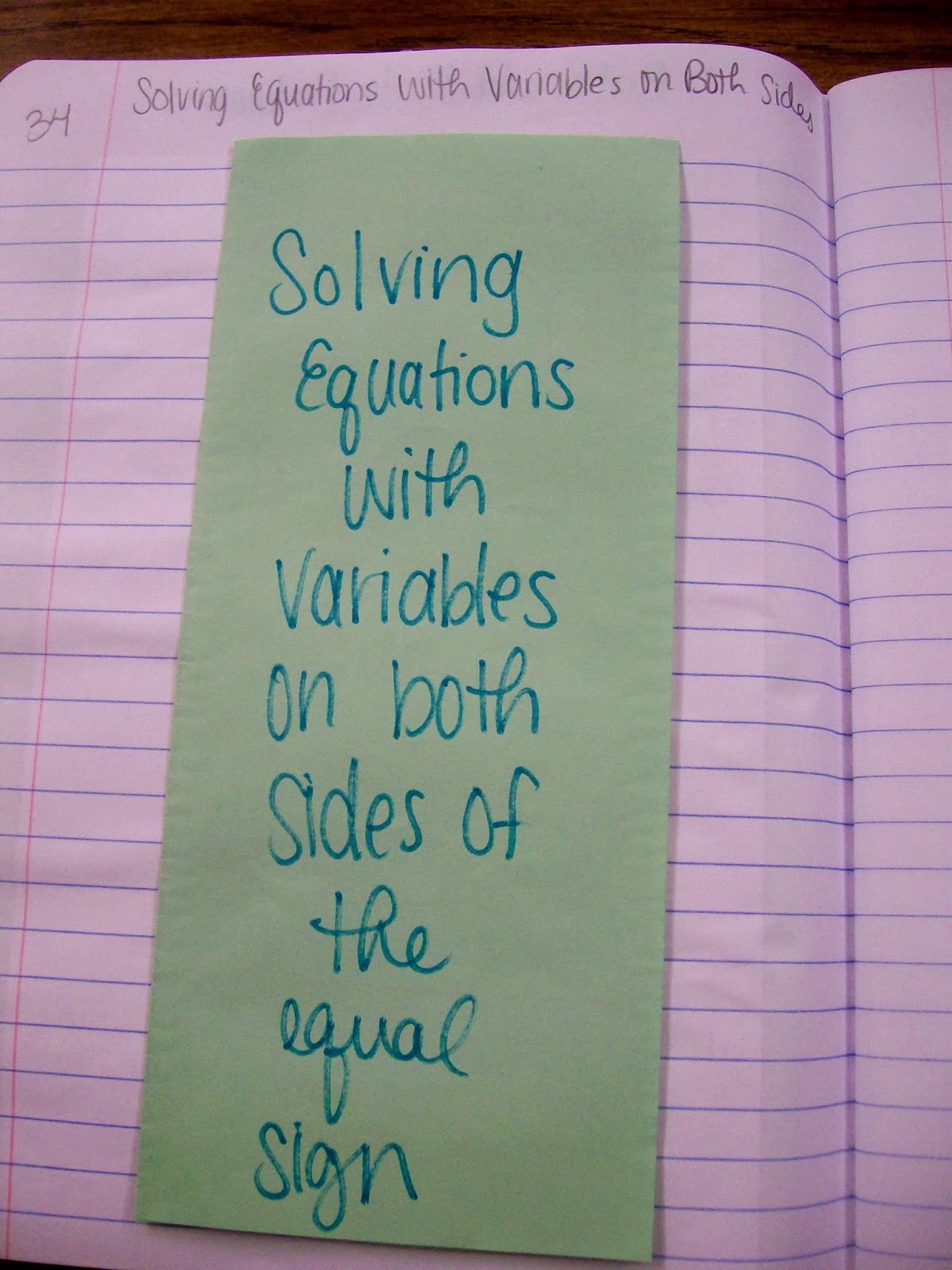
We completed this types of solutions foldable where we modeled how to solve equations that had one solution, no solution, and infinite solutions.
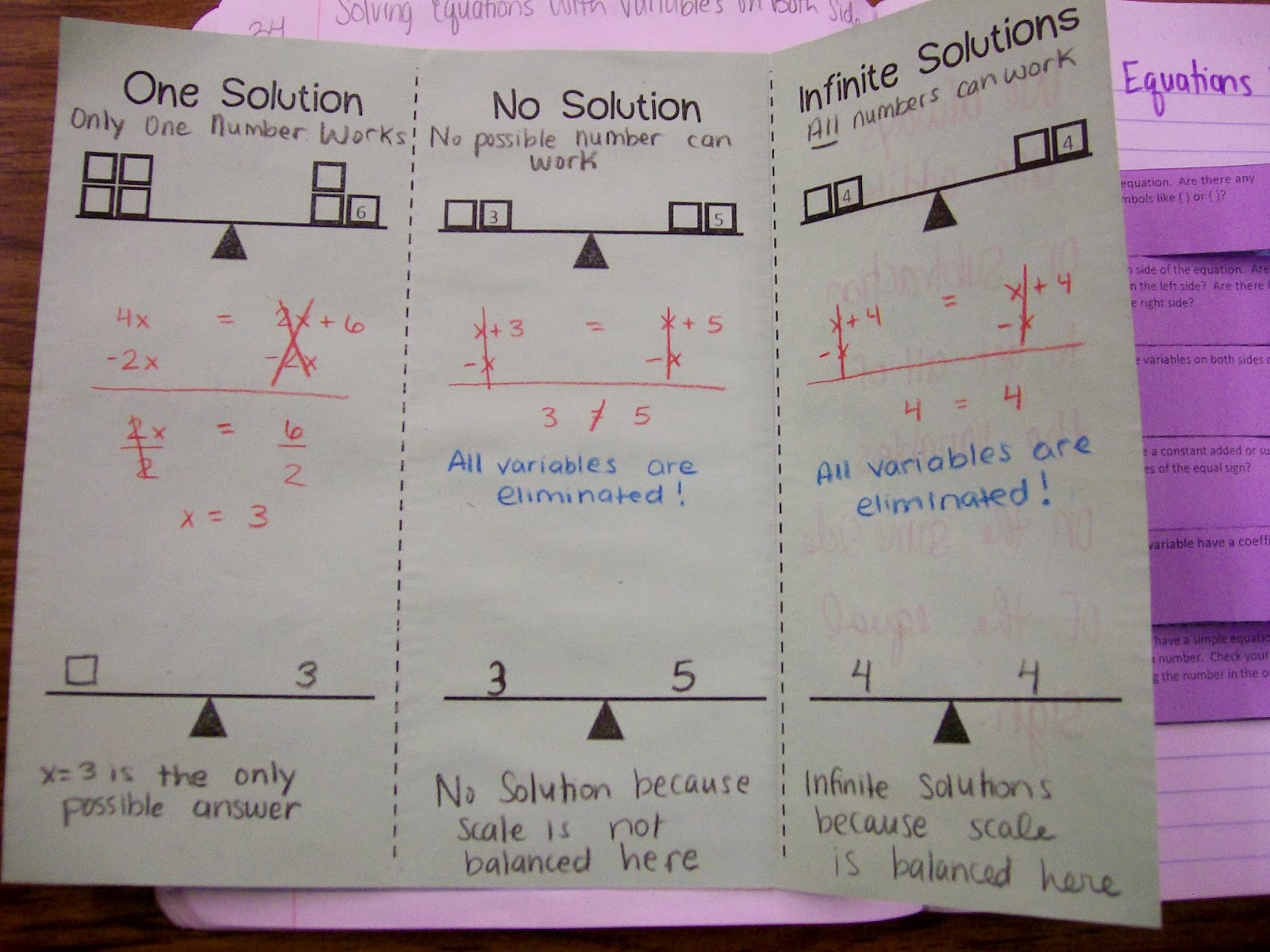
Updated Version of Types of Solutions Foldable
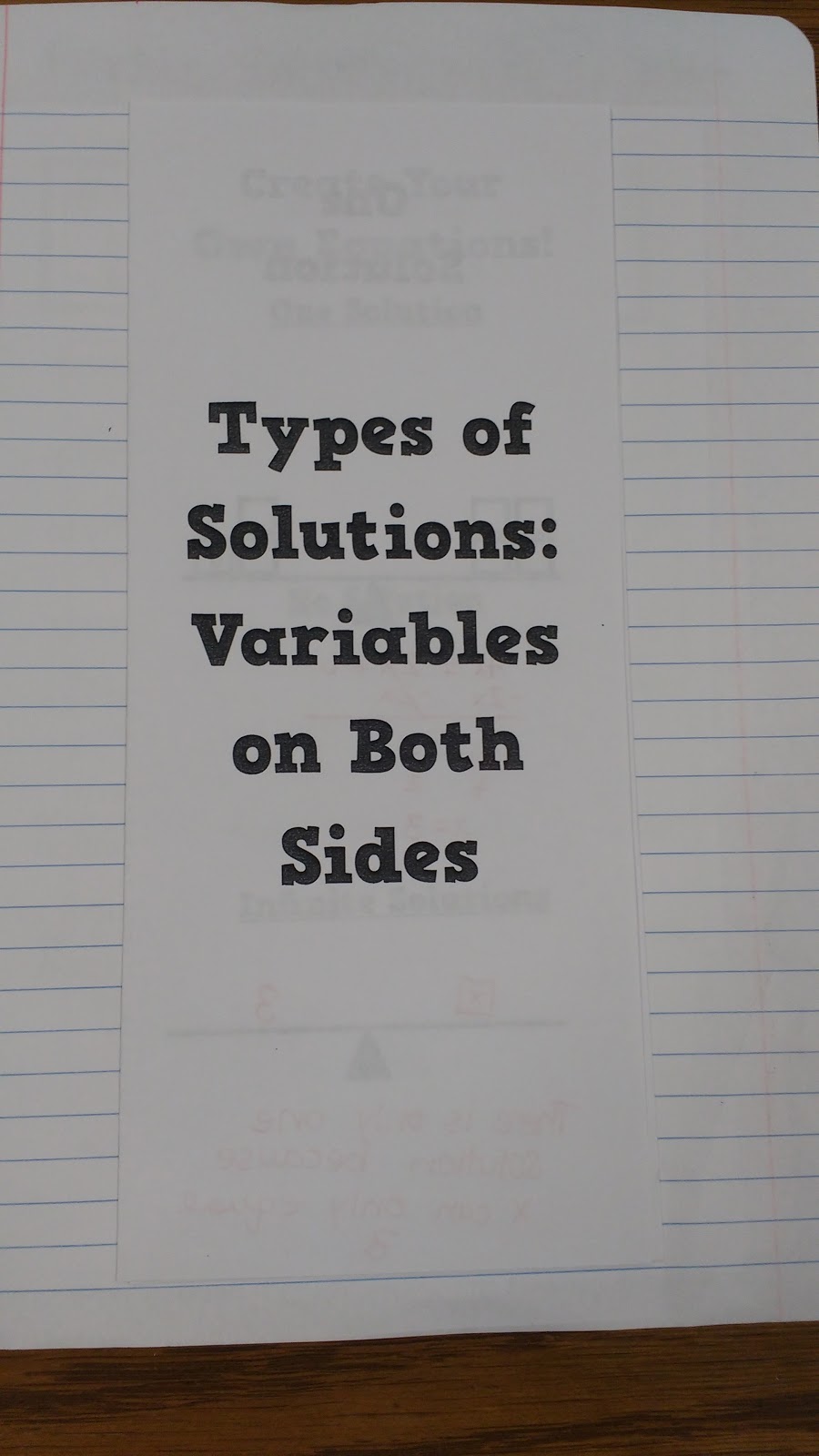
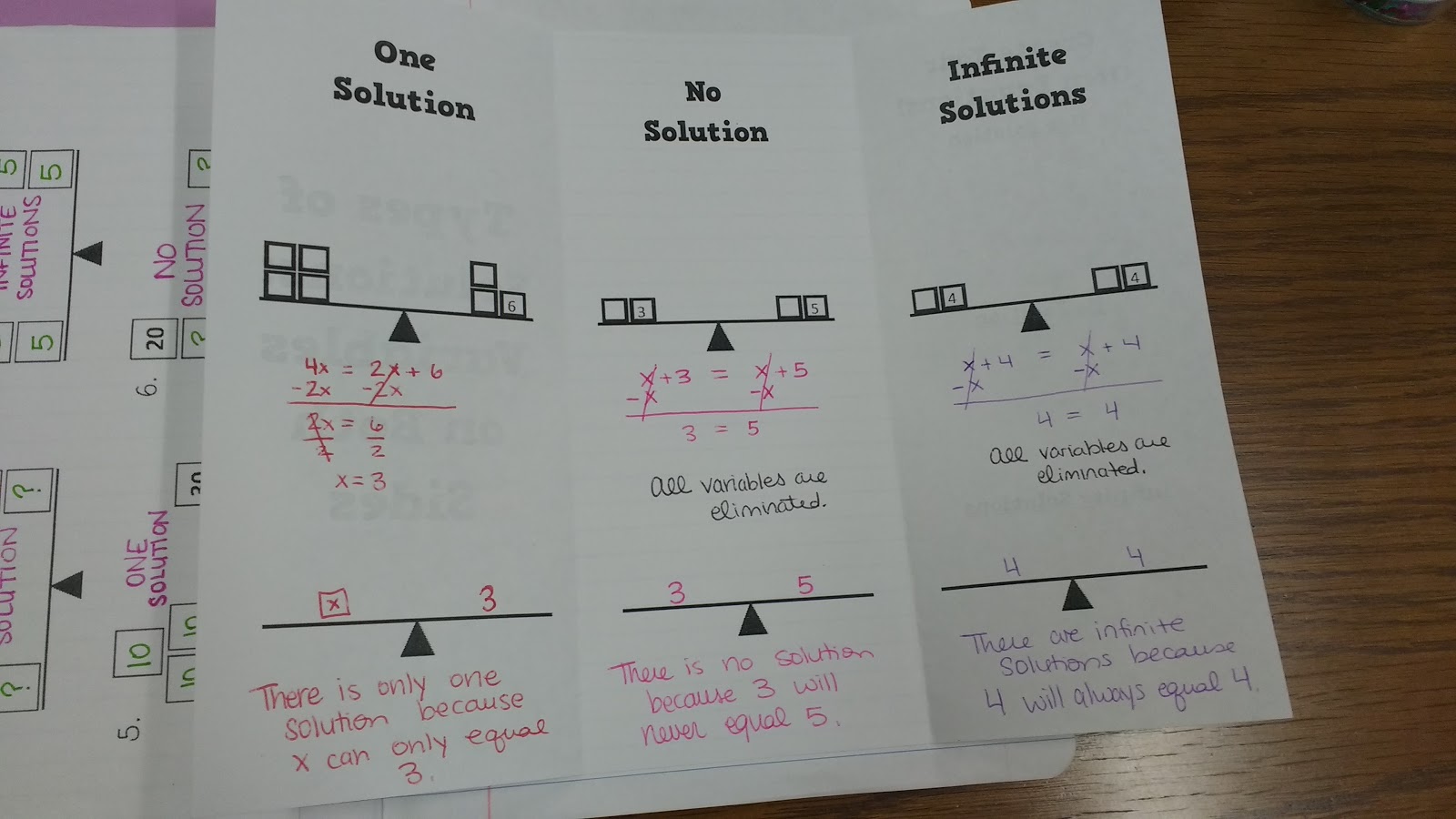
As a twist, I had my students create their own equations.

Free Downloads for Solving Equations with Variables on Both Sides
Scales Worksheet (PDF) (801 downloads )
Scales Worksheet (Editable Publisher File ZIP) (617 downloads )
Original Types of Solutions Foldable
Types of Solutions Foldable (PDF) (792 downloads )
Types of Solutions Foldable (Editable Publisher File ZIP) (617 downloads )
Updated Types of Solutions Foldable
Types of Solutions Foldable 1718 (PDF) (627 downloads )
Types of Solutions Foldable 1718 (Editable Publisher File ZIP) (522 downloads )
More Resources for Teaching Solving Equations
- Dry Erase Template for Solving Equations Graphically
- Balancing Act Puzzles
- Roots Solutions Zeros X-Intercepts Posters
- Graphing Solutions on a Number Line Speed Dating Activity
- Solving Equations Using Inverse Operations Foldable
- Expression Equation Inequality Foldable
- Using Equations to Solve Word Problems Foldable
- 3 Essential Rules of Math for Solving Equations
- Using Scales to Model Solving Equations with Variables on Both Sides
- DO UNDO Method for Solving Equations Foldable
- Inverse Operations Graphic Organizer
- Solving Equations Flowchart Foldable
- Five Easy Pieces Activity
- Solving Equations Auction Review Game
- Flow Chart for Solving Multi-Step Equations
- Snowball Fight – Solving Equations Activity
- Solving One Step Equations Foldable

